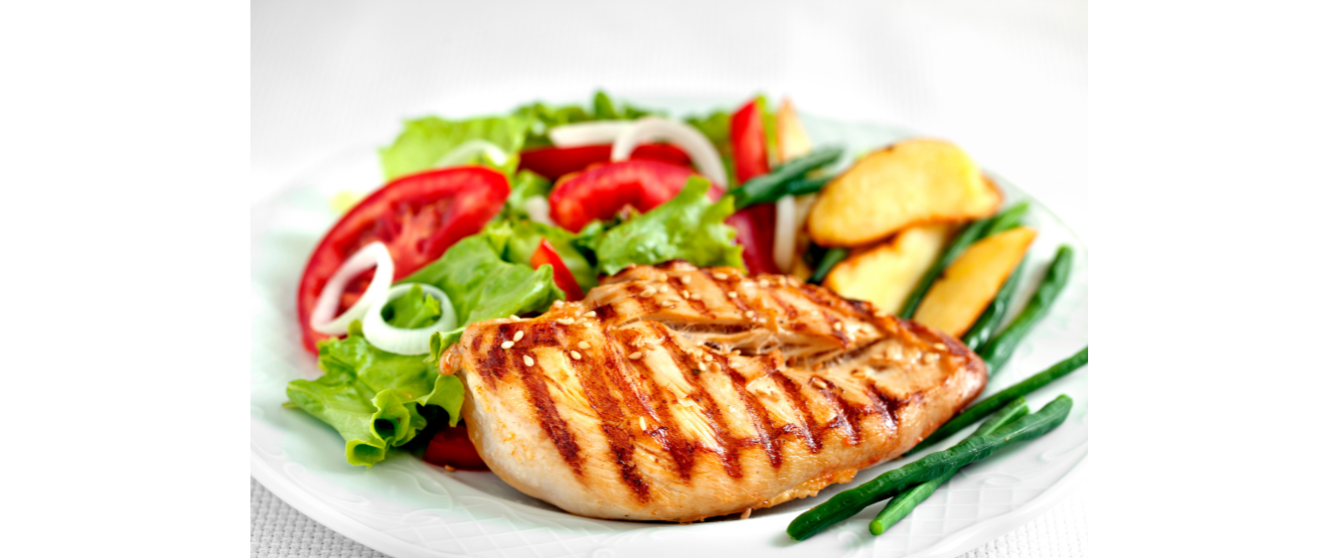Reach Your Nutrition Goals

- Start with small changes
Instead of a diet overhaul, make small changes to what you eat and drink that will work for you now and in the future.
- Take one day at a time
Sometimes things don’t go as planned, even with the best of intentions. If you miss one day or one milestone for your goal, don’t give up!
- Be active your way
Pick activities you enjoy! If you focus on having fun or learning a new skill that interests you, you will be more likely to stick with it.
- Team up
Find a friend with similar goals—swap healthy recipes and be active together. Staying on track is easier with support and a cheerleader
- Celebrate successes
Think of each change as a “win” as you build positive habits and find ways to reach your goals. Reward yourself—you’ve earned it!



